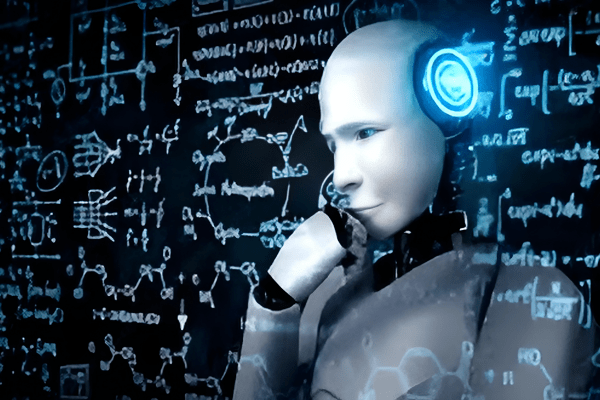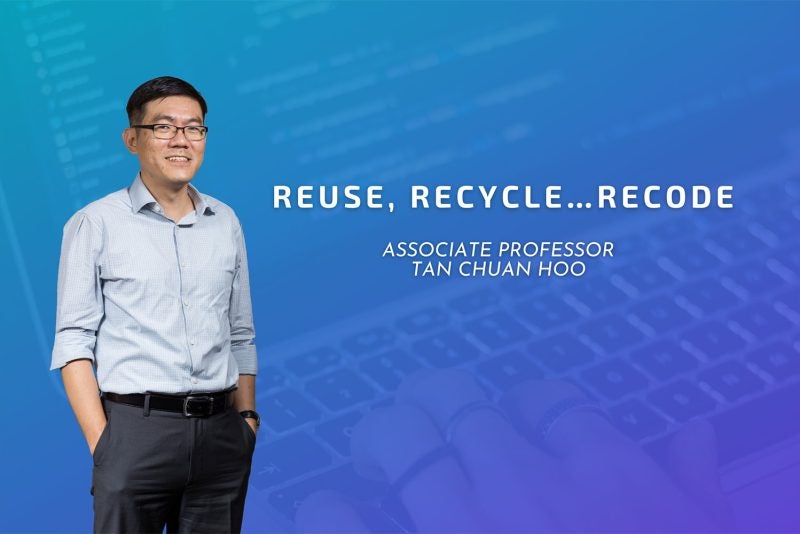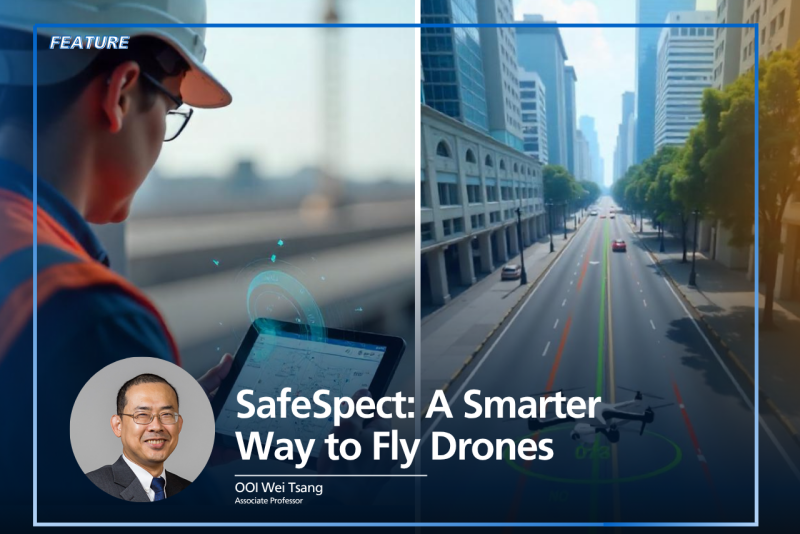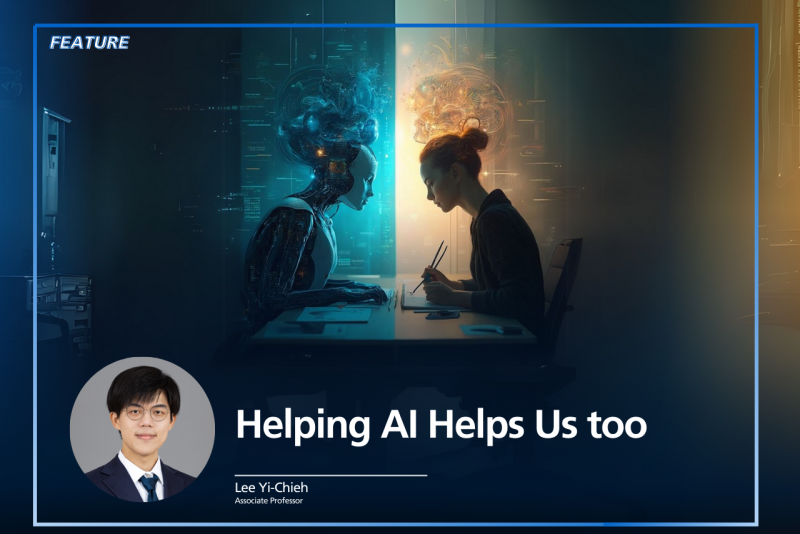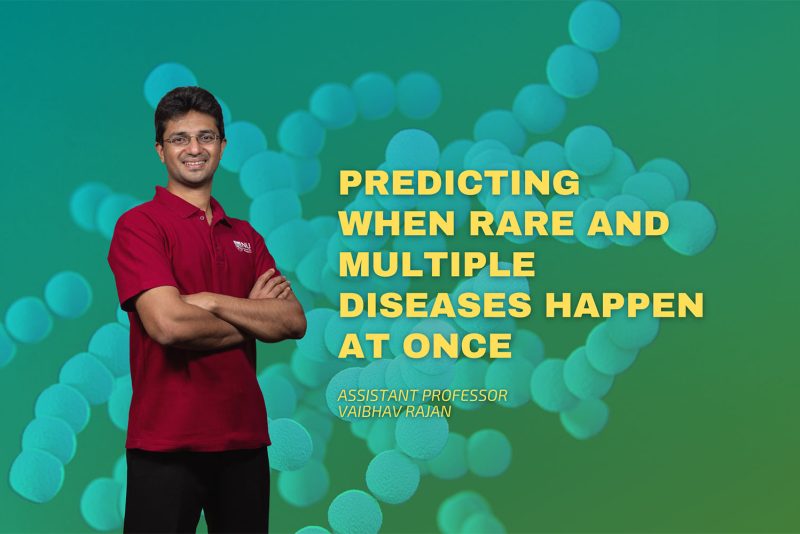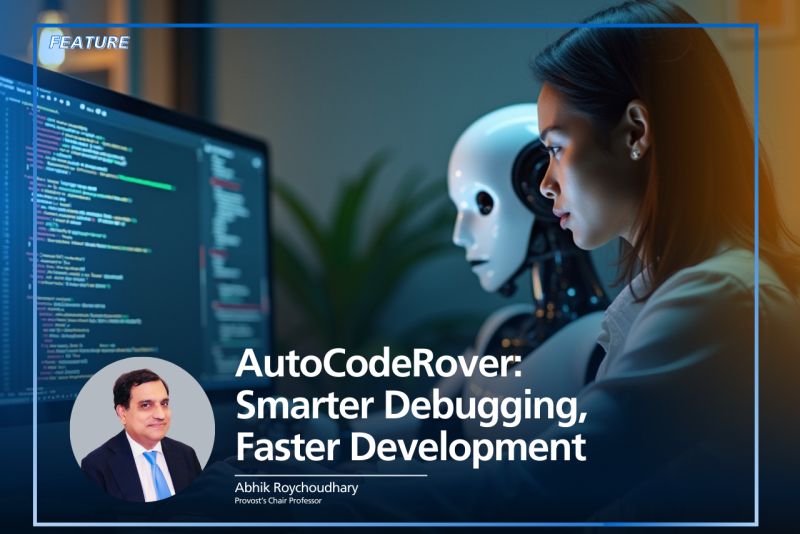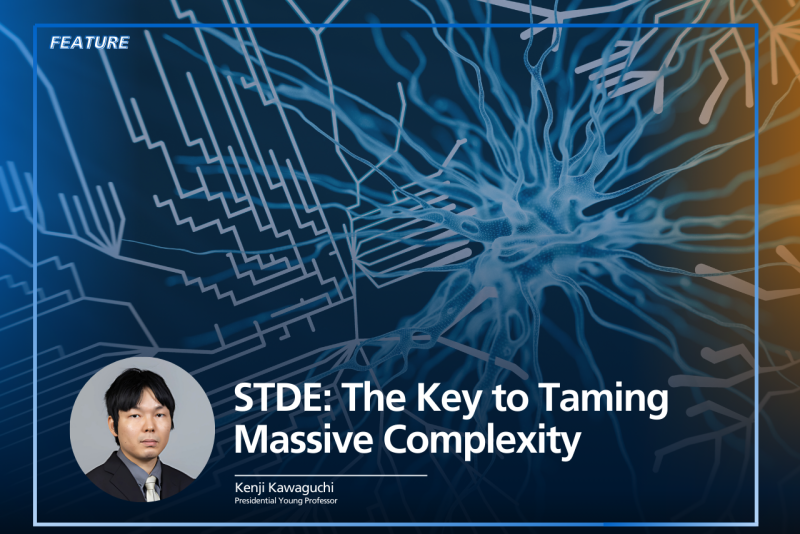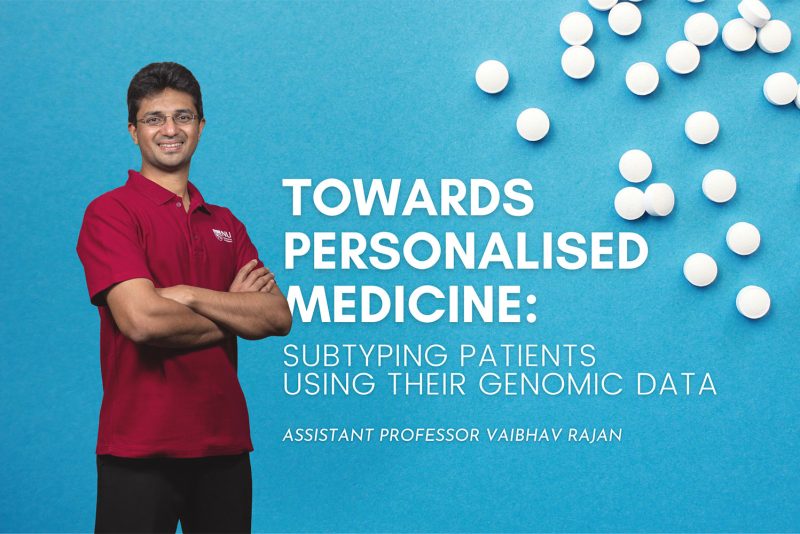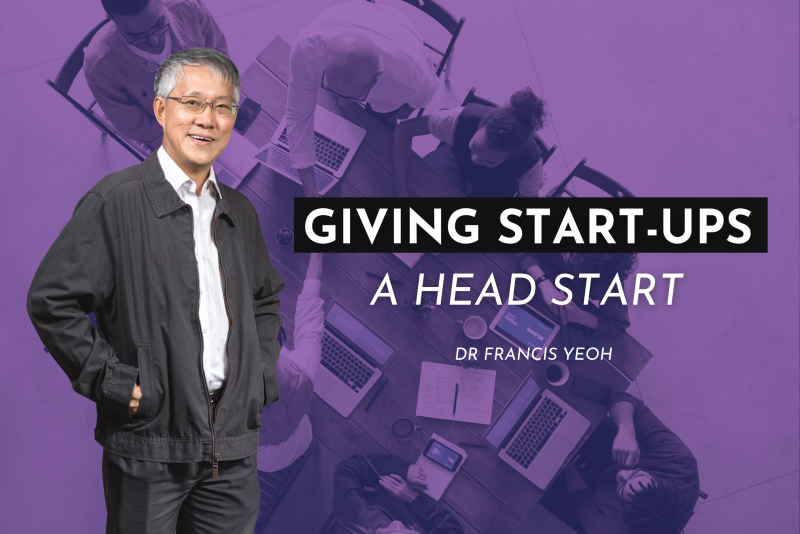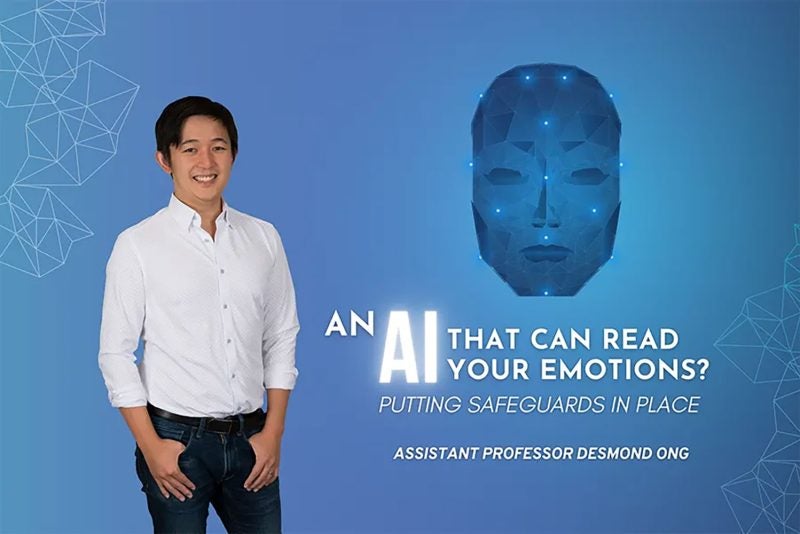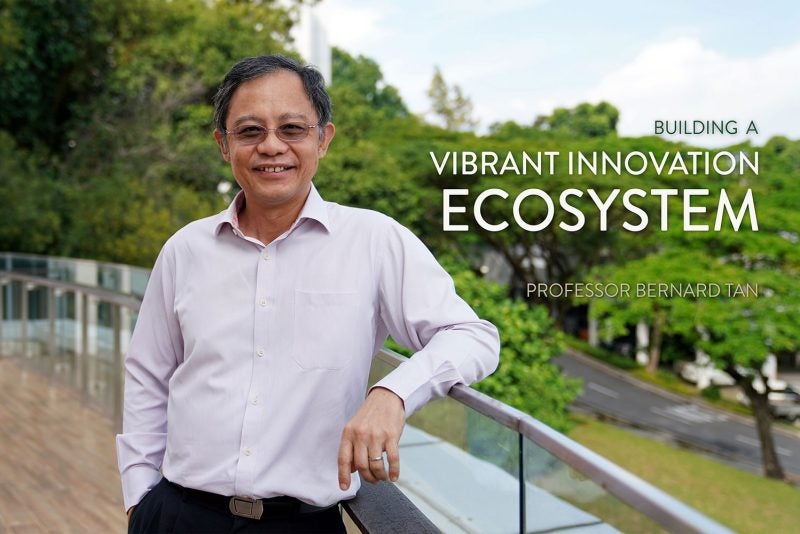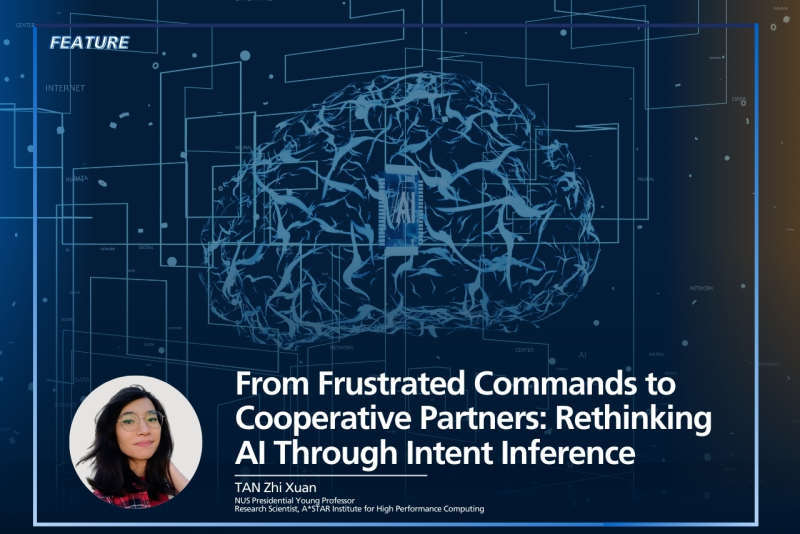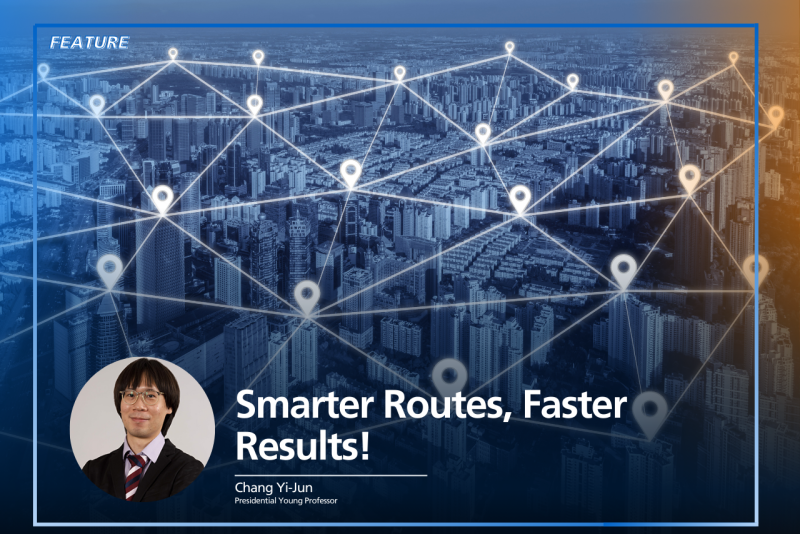If artificial intelligence (AI) were a person, it would be an adolescent who’s just gone through a growth spurt and come of age. AI can now detect tumours with great accuracy, draft emails and essays from scratch, create custom soundtracks and original works of art — a far cry from its early days a decade ago when Siri and Roomba (a type of virtual assistant and robot vacuum, respectively) were gaining popularity.
These advances are the result of AI researchers overcoming, for the most part, an obstacle that has long plagued the field: how to gather and manage large amounts of knowledge. “What has changed is this knowledge acquisition bottleneck,” says Computing’s Professor Lee Wee Sun, whose research focuses on machine learning. “Previously our AI didn’t know much about the world, but now it does. It learns from huge amounts of data, essentially the whole Internet.”
Still, there’s room for improvement and growth. “Now we want AI to do a bit more,” he says. “We want it to reason, we want it to plan.”
The former refers to how intelligent systems can use logic to derive new information from existing data, while the latter denotes how they can develop strategies, or sequence of actions, to achieve specific goals. Both are critical components of AI that empower machines to display cognitive abilities akin to humans, allowing them to interpret complex situations and make informed decisions, so as to execute increasingly sophisticated tasks.
But presently, AIs struggle when asked to reason or plan. “That’s because they are more complex multi-step processes,” says Lee.
Narrowing options and providing common sense
To tackle this problem, Lee teamed up with fellow NUS Computing Professor and AI expert David Hsu, alongside PhD students Kang Liwei and Zhao Zirui. Together, they proposed decomposition as a way to understand and design reasoning and planning methods. “We hypothesised that performance can be substantially improved by decomposing complex problems into smaller, solvable components,” explains Lee. “This helps to lower the complexity of learning to reason and plan.”
“Each of these smaller components can then be reliably solved using techniques such as large language models,” he adds. “We can then compose the solutions together using reasoning and planning algorithms.”
Large language models, or LLMs, are advanced AI systems such as ChatGPT that are capable of understanding and generating text. They are particularly helpful in developing decomposition methods. That’s because planning is similar to word prediction in many ways, says Lee. “Essentially, what almost all language models do is try and predict the next word, given all the words they have seen in the past. But just predicting just one word ahead is often not sufficient.”
“Similarly, when you think about planning, you think about all the possible things that can happen — for example, if A happens, then what should I do? And if B happens after A, what should I do?” he says. “You reason through many steps in the future and list out all the possible outcomes.”
Specifically, LLMs help with decomposition in two ways. One, they provide a ‘commonsense world model’ or a means for AI systems to predict what they will encounter in the world around them. Two, they help reduce the vast array of options available, which in turn “much reduces the effort you need for your planning,” says Lee.
Take, for instance, the example of asking a robot helper to fetch an apple. The robot has to reason: where am I likely to find an apple? “It could go to the kitchen, bedroom, bathroom, and so on. But common sense tells the robot it’s the first option,” he says. “So we use LLMs to reduce the options it has. Thinking further ahead, we then use the LLM to predict what we are likely to find in the kitchen, e.g. a fridge which may contain fruits. In this way, we are using the LLM create a model of the world, allowing it to predict what it will encounter ahead of time.”
In 2023, Lee and his fellow researchers demonstrated how combining LLMs with a search algorithm helps achieve better-reasoned decision-making and improves efficiency when solving complex task-planning problems. These included tasks such as mapping out a flight itinerary between two cities, as well rearranging items in a stimulated home environment.
Creating guidelines
In another paper, published earlier this year, the team examined two decomposition methods — tree of thought versus chain of thought — that can be used to simplify reasoning and planning tasks. They applied the contrasting approaches to six case studies, including grade school mathematics and the Game of 24 and the Blocksworld robotic planning domain. The aim? To compare each method’s performance so as to come up with a set of guidelines to help AI practitioners along.
The chain of thought technique is characterised by a linear sequence of reasoning where each piece of information builds directly on the previous one. In the case studies, the researchers found that this approach was especially useful when applied to relatively simpler tasks, where predicting the next step is easy.
Moreover, explicitly annotating necessary information, while leaving out unimportant variables, further improves chain of thought performance. For example, when instructing a robot to pick something up, Lee says “you need to tell it that its hands must first be empty” before doing so. “If you don’t annotate this, the robot has to figure it out for itself by searching through all the possible things that can happen and determine what hidden causes may lead it to fail in the task, which is much harder for it to do.”
By contrast, for more complex tasks, he and his co-authors recommend using the tree of thought approach — a branched structure of reasoning that allows for the simultaneous exploration of multiple pathways of thought. These are instances where “short-chain solutions are computationally harder to find, for example in tasks like the Game of 24 and Blocksworld,” says Lee.
The team are now working to tackle other challenges that remain in the field of AI reasoning and planning. “One issue we have is that the instructions to do something tend to involve a very long sequence of actions,” explains Lee. Another hurdle is figuring out how to incorporate other modalities, such as vision and sensing, into the reasoning processes: “When robots touch things, you further get tactile sensing in addition to audio-visual sensing,” he says. “So these are the challenges we hope to make progress on in the future.”

